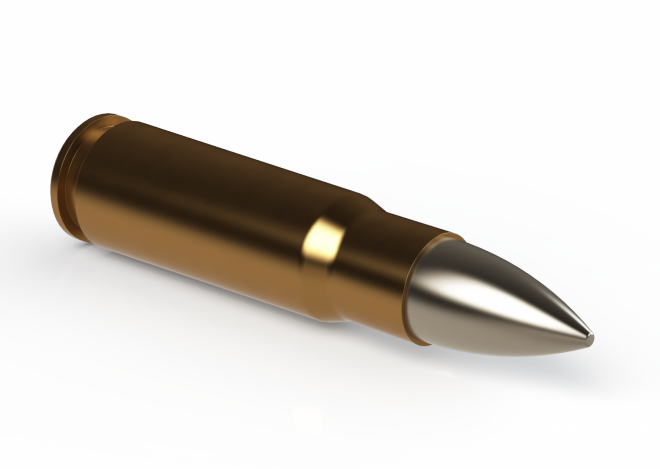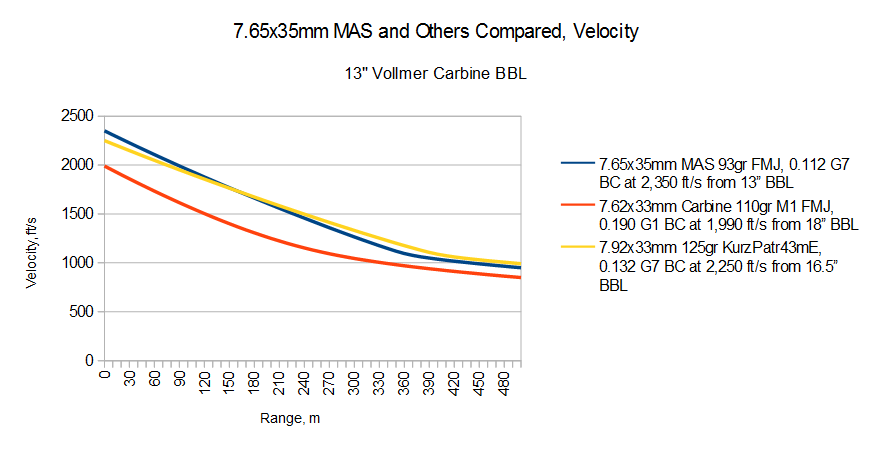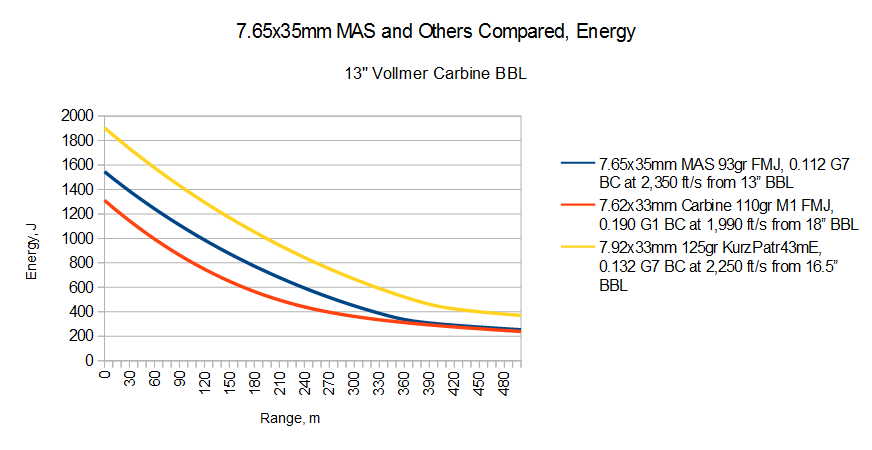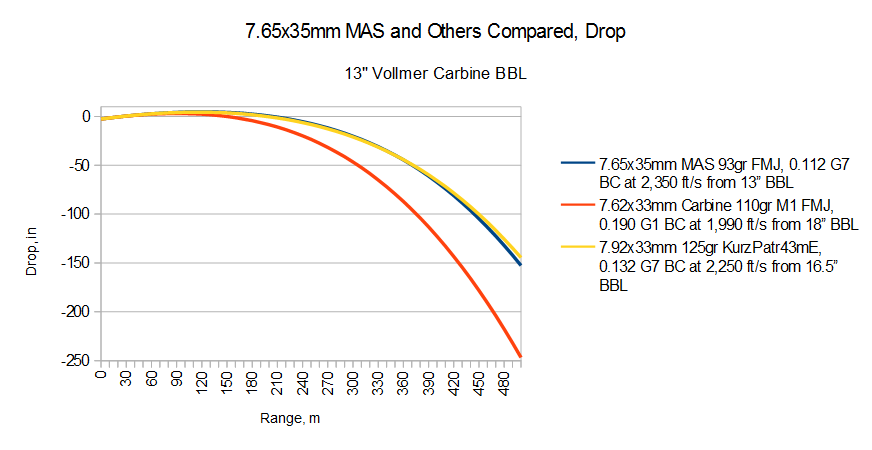Since we’ve covered the two most prominent PDW rounds of today, I want to take a quick detour and look at an interesting – but obscure – personal defense weapon/assault rifle round from history. After World War II, the apparati of the German war machine were being dismantled, and anything of value claimed by the Allies as spoils. While the Americans got Germany’s most prominent rocket scientists, the French claimed Germany’s tank designers, and many of her small arms engineers. As France was looking to replace their motley and outdated collection of small arms (a suite which developed more organically than by design, thanks to two devastating World Wars), they put these German engineers to work, including one Dr. Heinrich Vollmer, who before and during the war worked at Mauser. Vollmer had been involved in development of – among various other projects – the StG-45 assault rifle, which possessed a unique roller-retarded blowback action that promised an inexpensive and reliable, yet lightweight weapon. This rifle would eventually lead to the G3, but during Vollmer’s stay in France, the French government set him to work making a smaller version of it, in variants chambered for .30 Carbine as well as a new round: The 7.65x35mm MAS.
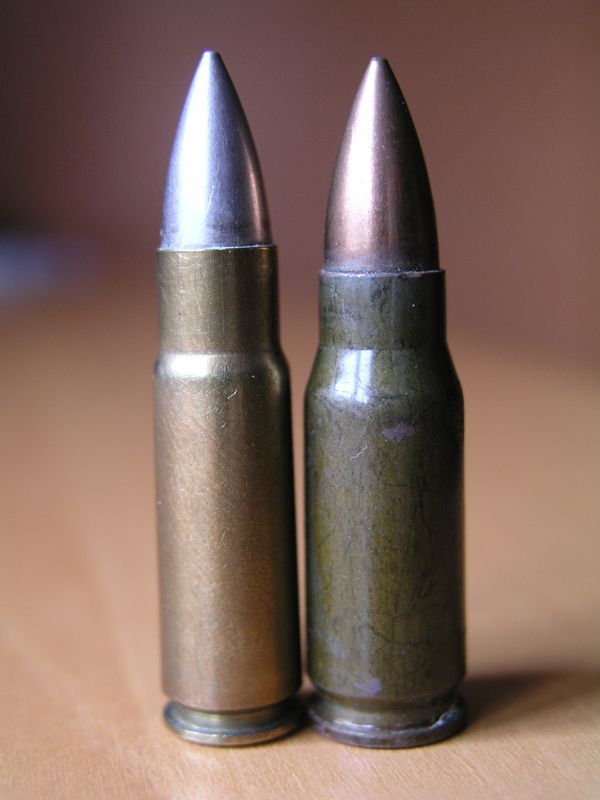
An original 7.65x35mm MAS alongside its spiritual ancestor, the 7.92×33 Kurz. Image source: Buddy Hinton, used with permission.
This round was intended to both fill the role of the .30 M1 Carbine when chambered for similar echelon weapons, as well as function as an assault rifle round like the 7.92x33mm Kurz, although the French at the time considered assault rifles to be special weapons, not universal ones as the Germans did.
Coincidentally, the 7.65x35mm MAS is also extremely similar to the modern .300 AAC Blackout. Bullet diameter and case length are virtually identical, while the case base is 1mm wider (10.6mm vs. 9.6mm), and the cartridge has greater taper. The primary difference, however, is the overall length (OAL). The designers of the 7.65x35mm were clearly influenced by the 7.92×33 Kurz, as the round sports an OAL of 48.2mm, almost identical to the latter, and much shorter than the .300 AAC Blackout’s 57.4mm OAL.
Ballistically, the 7.65x35mm is pretty unique, firing a very lightweight 93 gr (6 gram) projectile at modest muzzle velocity (2,350 ft/s, 720 m/s) from a short 13″ barrel. Based on empirical evaluations of the round, I calculated its boattailed bullet to have a G7 BC of 0.112, better than the .30 Carbine’s 0.190 G1 BC, but worse than the 7.92×33 Kurz’s 0.132 G7 BC:
Weight-wise, the 7.65x35mm is very light for a full-caliber intermediate round, at a calculated 13.4 grams per shot with a brass case, based on SolidWorks models. This is lighter than the steel-cased 7.92×33’s 16.5 grams, and almost as light as .30 M1 Carbine’s 12.7 grams per shot.
What makes the 7.65x35mm MAS interesting to me, and why I included it, is that it represents a midpoint between modern personal defense weapon rounds and traditional full-caliber assault rifle rounds. The .30 Carbine before it certainly could also be considered to fill this space, but it uses a poorly-shaped round nosed bullet at very moderate velocity, and was designed for what today would be considered long barrel lengths, whereas the 7.65mm was designed for short (13″) barrels and uses a more modern spitzer bullet at a higher muzzle velocity.
 Your Privacy Choices
Your Privacy Choices
